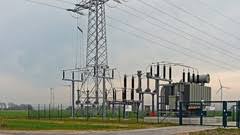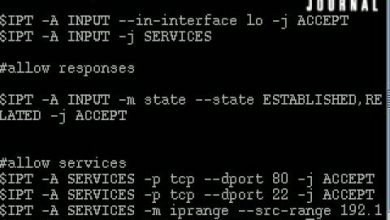Introduction to Transformers (Electrical Engineering)

Introduction to Transformers (Electrical Engineering) Free Tutorial Download
What you’ll learn
-
Identify different types of electrical transformer.
-
Identify electrical transformer components.
-
Identify electrical transformer protection devices.
-
Know how an electrical transformer works.
-
Know how all of an electrical transformer’s components and protection devices work.
-
Know the three main electrical transformer ‘killers’.
-
General knowledge concerning electrical engineering and electricity.
Requirements
- A desire to learn.
- Some electrical engineering knowledge is beneficial, but lessons are explained in depth to allow students to build their knowledge from the ground up.
- A bit of background engineering knowledge would be useful but is not essential.
Unless you are living ‘off the grid’, you are using electricity from an electrical system that uses a transformer. Power stations use electrical transformers to increase voltage. Sub-stations use electrical transformers to decrease voltage. Even your smartphone and laptop use transformers to charge their batteries. But what are transformers? How do they work? And why do we need them? This course will help you answer all of these questions and many more!
In this course, you will learn:
- How electrical transformers work.
- How to identify different types of electrical transformer.
- The name and function of all of a transformer’s main components.
- How Buchholz relays work.
- How silica gel breathers work.
- The purpose of a conservator tank.
- What ONAN means.
- Why we need transformers in the electrical grid.
- Where transformers are installed in the electrical grid.
- And much more!
The course is designed to take you from zero to hero concerning electrical transformer knowledge. Even if you already have some background electrical engineering knowledge, this course will serve as an efficient refresher. Whatever your level of understanding, or engineering background (electrical engineering, mechanical engineering, HVAC, chemical engineering, oil & gas industry, power engineering etc.), we can guarantee you will have never taken an engineering course like this one (unless you have taken one of our other courses…).
Why this course?
Because saVRee and saVRee lite have trained over 5,000 students on Udemy with an average paid course rating of 4.7/5.0!
Interactive 3D models are used extensively to show you each type of electrical transformer and all of their main components. We strongly recommend you checkout the free preview videos before signing-up because we know you won’t be disappointed.
The course is packed with 2D images, 2D animations and 3D animations.
Written content has been read aloud so that you can ‘learn on the go‘ without needing to watch the screen constantly.
Don’t waste more time reading this course description, check-out the free preview videos and the curriculum, then make an informed decision.
All purchases come with a 30 day no-questions-asked refund policy.
Hope to see you on the course!
- If you are interested in knowing how electricity reaches your home, are an electrician, a hobby learner, a power engineer, an experienced electrical engineer, or, anywhere in between, this course is for you.
- Anyone who is working or training in an electrical engineering, industrial engineering or power engineering role.
Download Introduction to Transformers (Electrical Engineering) Free
https://mshares.co/file/NhNe9P0m
https://jxjjxy-my.sharepoint.com/:u:/g/personal/hoquangdai_t_odmail_cn/EVbUtB82_oZDhhbPkjWkyloB3do6tN3O2thoMcQ8WJrRiw
https://anonfile.com/L21bX7d3o8
https://drive.google.com/a/edusuccess.vn/file/d/1Y9uPartYuShWZHok6M2lduphTVCHmfaR/view?usp=sharing
https://drive.google.com/a/edusuccess.vn/file/d/1ioHbBlEon8VhKe5Z_mlfBZ-lXSMVDBra/view?usp=sharing
https://uptobox.com/ons00rl9up9s




